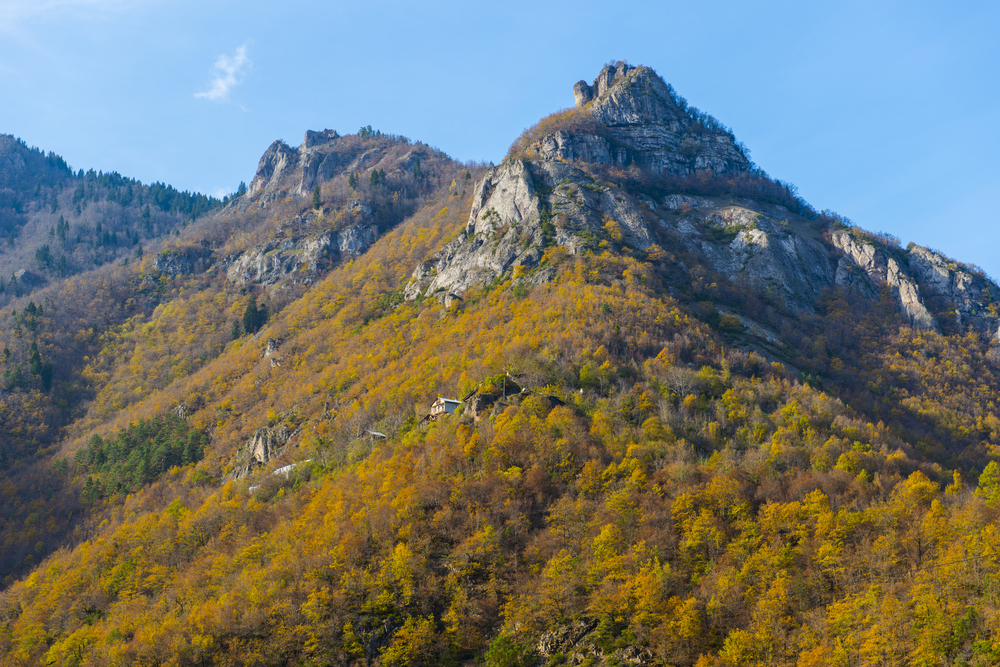Karagöl–Sahara Overview
Karagöl–Sahara National Park, known locally as Karagöl–Sahara Millî Parkı, is a picturesque and ecologically diverse protected area located in the Artvin Province of northeastern Turkey. The park spans approximately 13.5 square miles, or about 35 square kilometers, and lies within the Şavşat district near the border with Georgia.
It is named after its two distinct regions: the tranquil Karagöl (Black Lake) and the highland plateau of Sahara. This dual character gives the park its unique charm, combining serene lake landscapes with vast alpine meadows and rolling highlands. The terrain is shaped by glacial and volcanic activity, with forested hillsides, clear mountain streams, and sweeping grasslands forming a rich natural tapestry.
Karagöl is nestled within a crater-like depression surrounded by dense spruce and fir forests, while the Sahara Plateau stretches out as an open expanse of flower-filled meadows, dotted with seasonal pastoral huts and grazing livestock.
Vegetation in the park is varied due to its elevation and topographic diversity. The Karagöl area is heavily forested with Oriental spruce, fir, pine, and beech trees, forming a dense canopy that thrives in the park’s cool and moist microclimate.
In contrast, the Sahara region features subalpine grasslands that come alive in late spring and summer with colorful wildflowers, including many endemic species. These meadows are traditionally used as summer grazing grounds by local shepherds, maintaining a cultural landscape that blends human use with ecological balance. The seasonal diversity in plant life offers visitors changing views and botanical richness throughout the year.
Wildlife in Karagöl–Sahara National Park is abundant and includes many species typical of the eastern Black Sea highlands. Among the mammals found in the park are red deer, wild boar, brown bears, wolves, and foxes, with some sightings of lynx in the more secluded forested areas.
The area is also home to small mammals such as squirrels, martens, and badgers. Birdlife is a strong feature of the park, with golden eagles, hawks, woodpeckers, and songbirds inhabiting both the forested and open zones. Migratory species also visit during seasonal transitions, enriching the park’s avian diversity and making it a rewarding destination for birdwatchers.
The park’s most popular features are its striking natural scenery and quiet atmosphere. Karagöl is a serene lake surrounded by walking paths and shaded picnic areas, attracting visitors who enjoy its mirror-like waters and peaceful setting.
The Sahara Plateau, especially during the annual Sahara Culture and Nature Festival, becomes a vibrant gathering spot that celebrates local traditions and offers panoramic views of the surrounding mountains. The contrasting landscapes of lake and highland provide varied opportunities for outdoor recreation and photography.
Visitors engage with the park through hiking, camping, nature walks, picnicking, and wildlife observation. Designated trails and accessible facilities make it a welcoming destination for all ages, while the more remote paths and highland areas offer adventures for more seasoned hikers. In winter, the area receives snow, attracting snowshoe hikers and winter nature enthusiasts.
Conservation in Karagöl–Sahara National Park benefits from its status as a national park since 1994, but it faces challenges such as unregulated tourism, overgrazing, and potential road development.
Still, efforts by local communities, NGOs, and government authorities have supported sustainable tourism and environmental education. The preservation of both natural and cultural heritage remains a key goal in maintaining this treasured landscape.
Park Map
Karagöl–Sahara National Park Highlights
Share your clicks with us
Related National Parks More Turkey
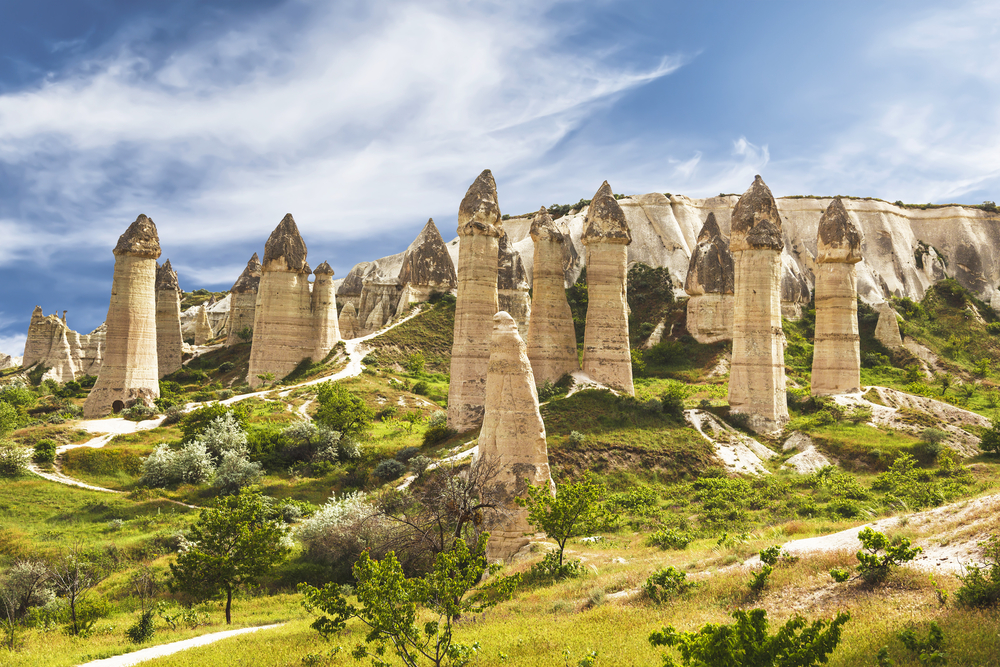
Göreme National Park
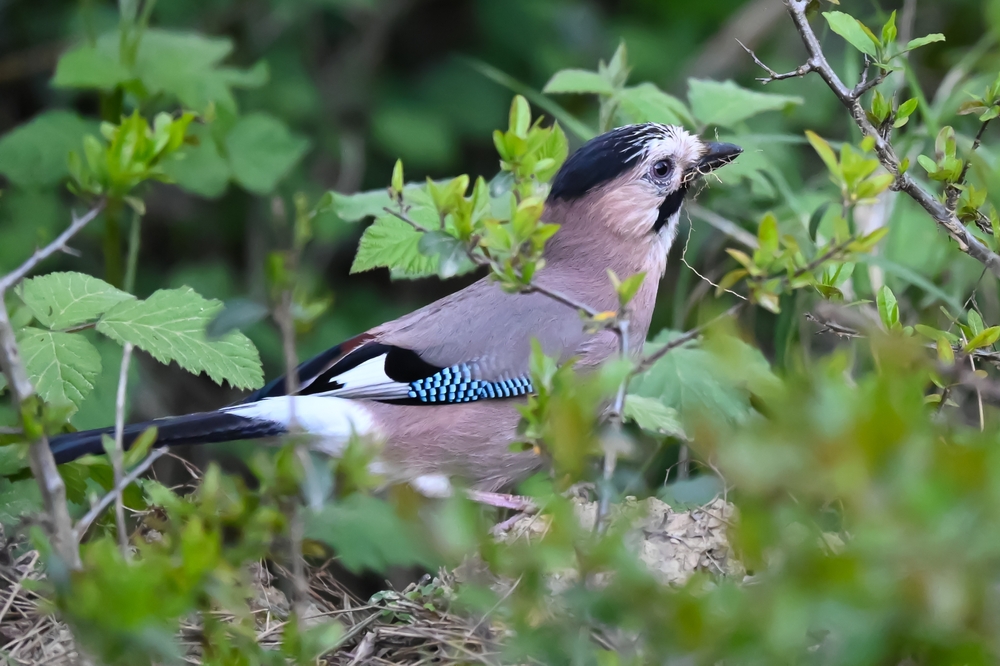
Altınbeşik Cave National Park

Köprülü Canyon National Park

Altindere Valley National Park
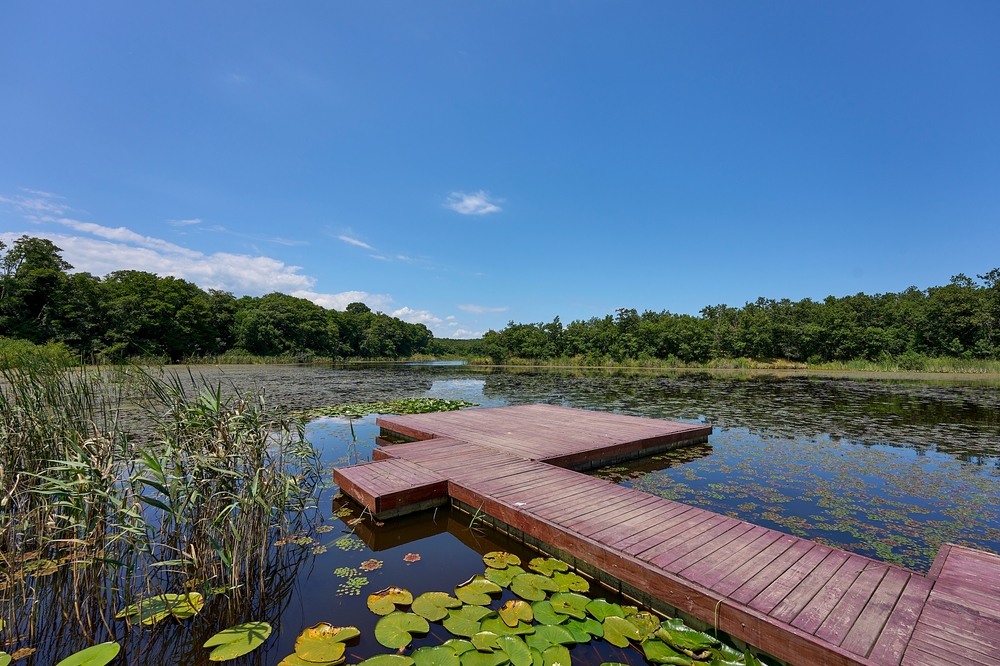
İğneada Floodplain Forests National Park
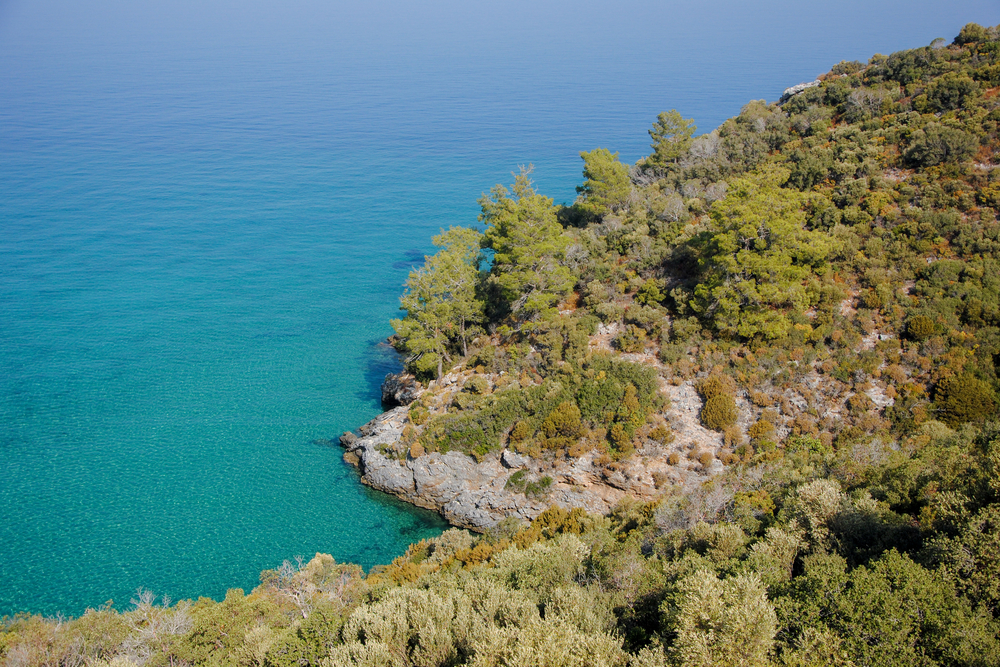
Dilek Peninsula–Büyük Menderes Delta National Park
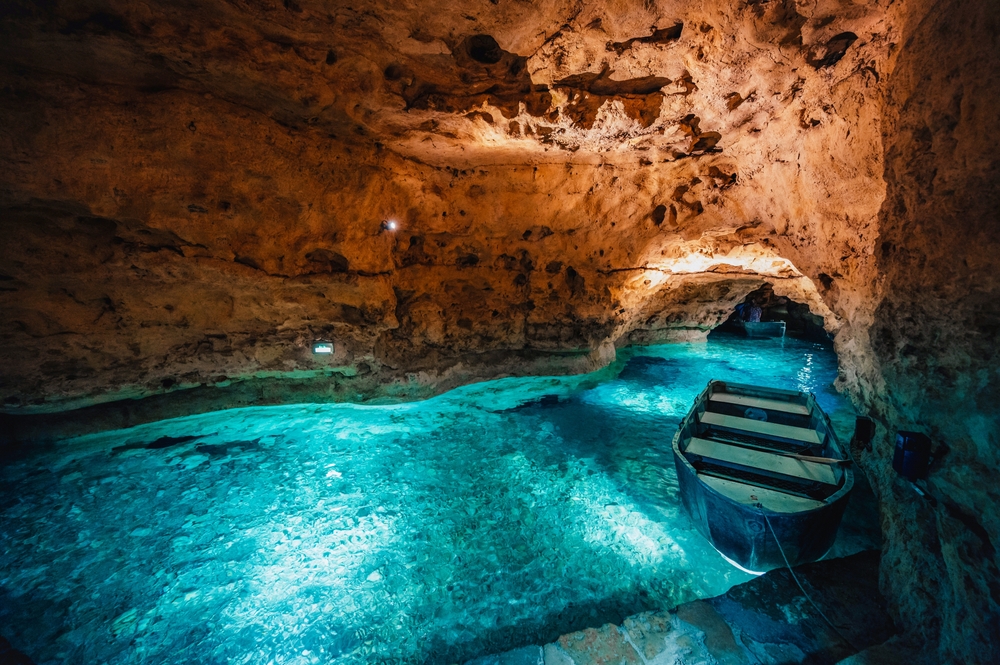
Derebucak Çamlık Caves National Park

Beydağları Coastal National Park
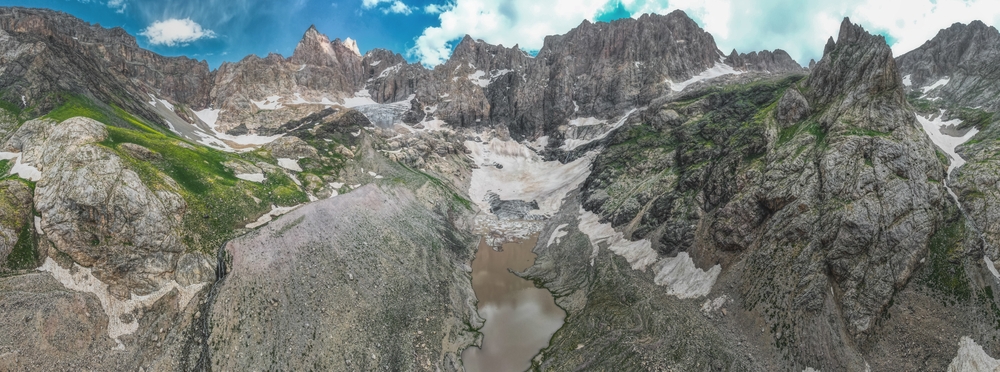
Hakkâri Cilo-Sat Mountains National Park
